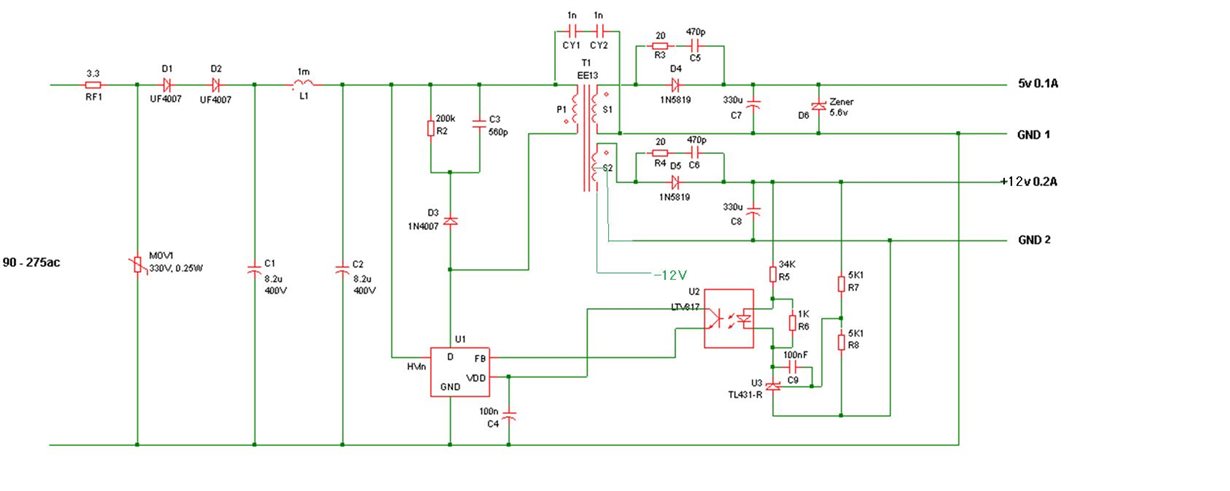Hi Team,
Is there any reference design using UCC28881 to converter 90-264VAC to 5V@500mA in isolated flyback topology?
There is a reference circuit on data sheet page 25 but customer need detail component values and transformer spec.
Thanks and best regards,
Victor


